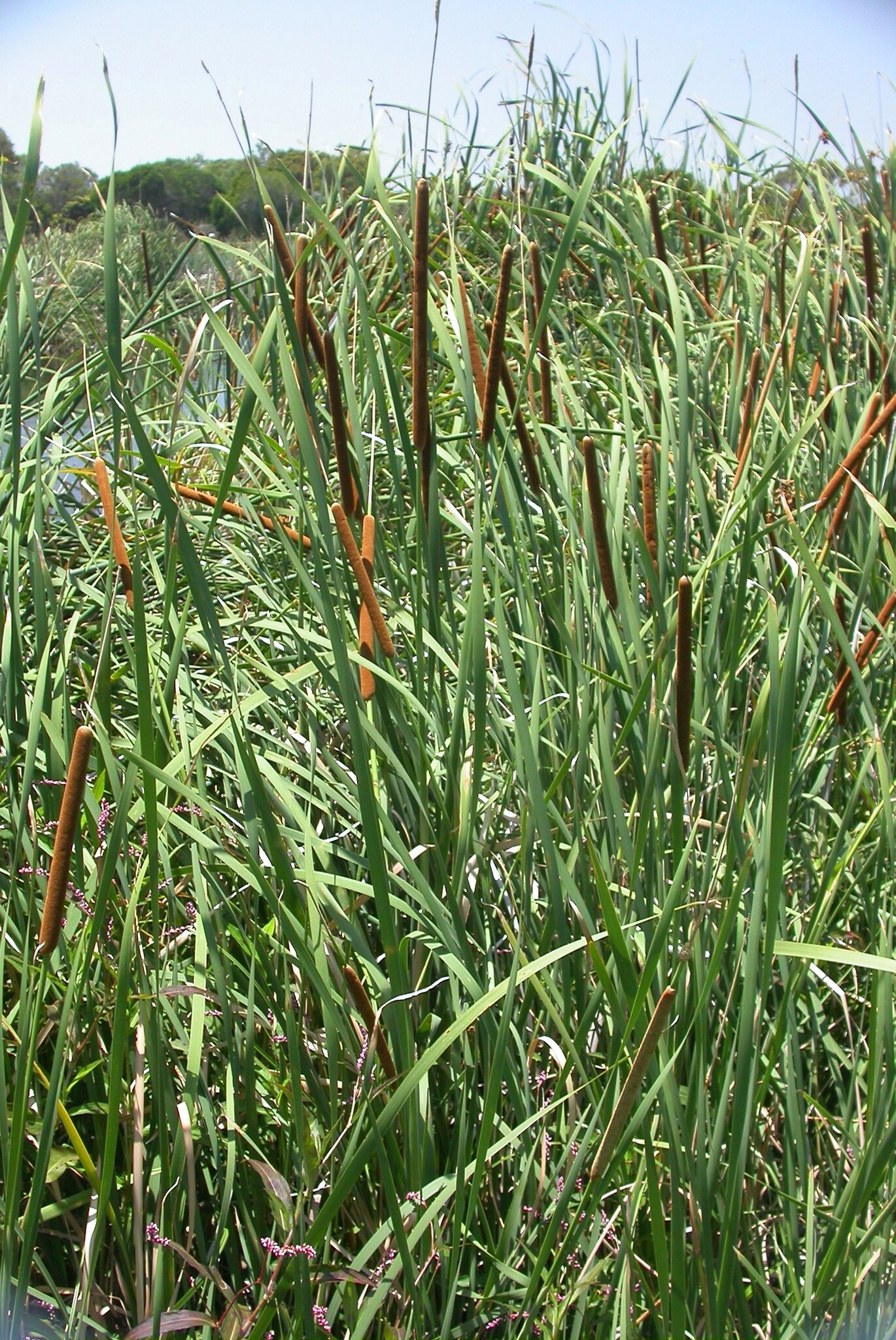
For description see family description.
10-12 cosmopolitan.
Occurs naturally in marshes, swamps and watercourses and is therefore ideal for the edges of ponds and pools but a genus that shows the potential to become weedy so should be used with caution.
Division, rarely by seed.
Overseas the rhizomes have been used as a soil binder; leaves are used for basketry, matting and other craftwork and the dried flower heads for display in floristry; the fluff may be used as a stuffing; Aborigines have used the stems as a source of fibre and the young rhizomes as a food.
Source: (2005). Typhaceae. In: . Horticultural Flora of South-eastern Australia. Volume 5. Flowering plants. Monocotyledons. The identification of garden and cultivated plants. University of New South Wales Press.
